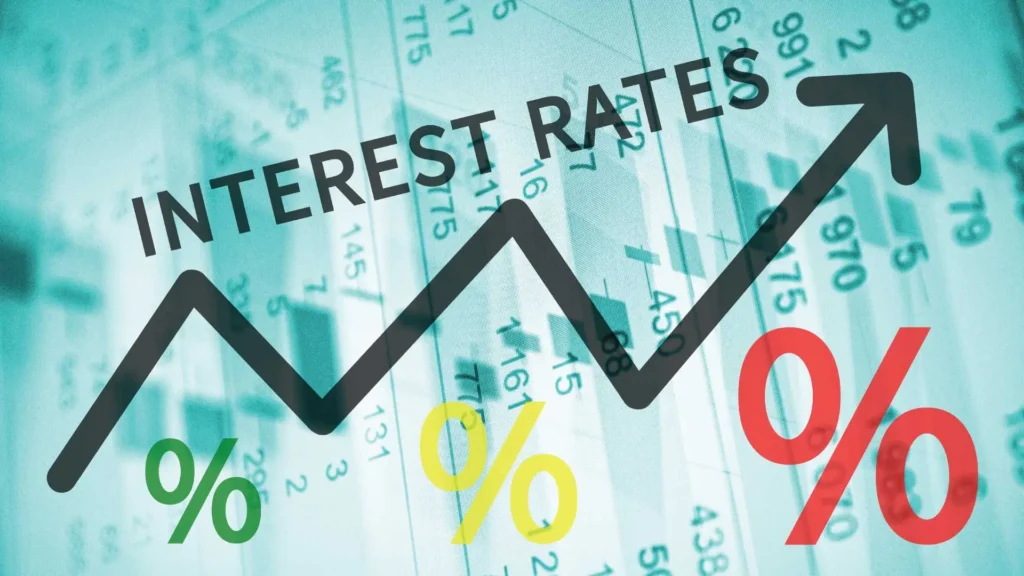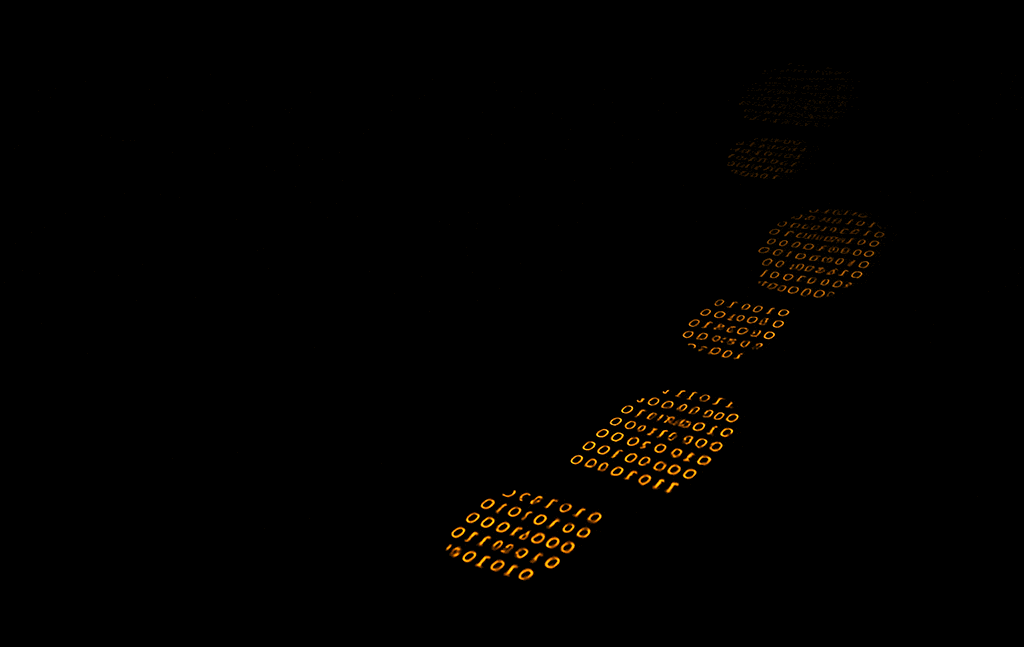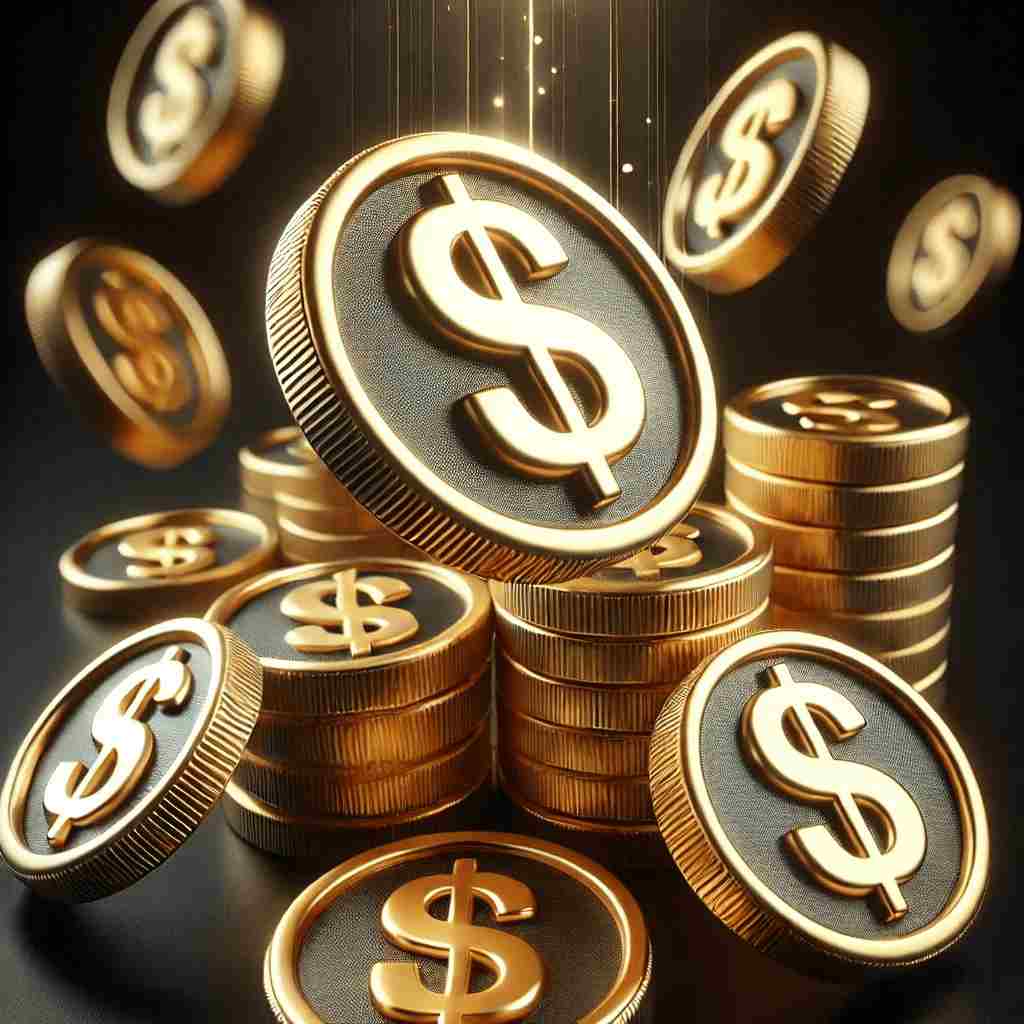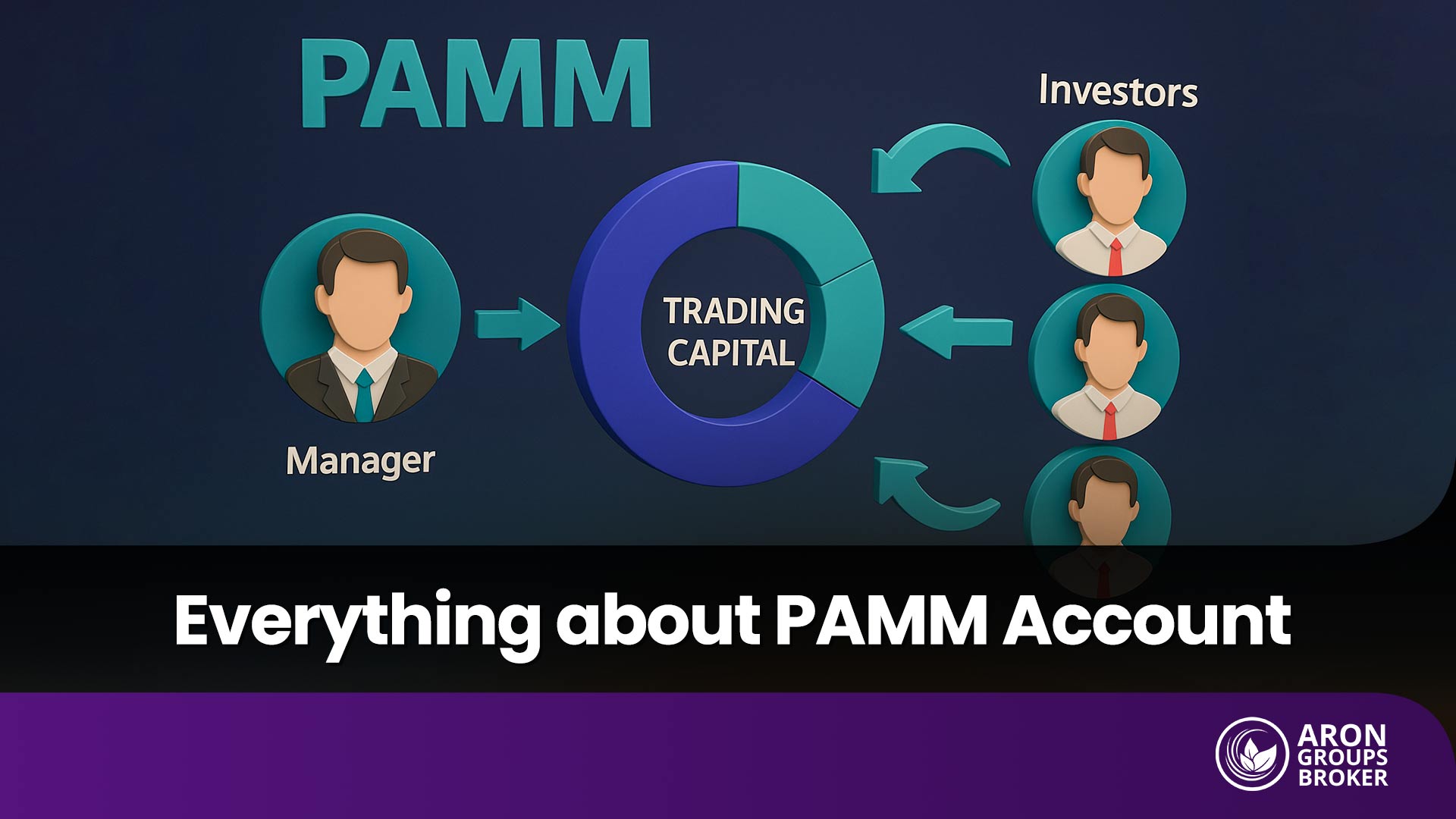Interest rate is a very important topic in the economy, and being aware of their changes is very important for both traders and investors.
What is the interest rate? and how it can affect the economy.
In this article, we want to answer these two questions, also we will speak about what factors made central banks determine whether to raise or decrease the interest rate.
Table of Contents
What Is Interest Rate?
Interest rate is among the most important economic indicators in the world, also affecting the whole economy, and people’s conditions in a country.
- Interest rate is the rate at which banks lending each other overnight, this is a short-term rate that banks use to fill their needs
- This interest rate is the middle bank’s interest rate, central banks using this rate can manage the economy
Banks are one of the pillars in the modern economy for supplying capital, and growth of the economy, that’s why the interest rates among these banks are very effective.
But how changing interest rates can affect the economy?
How does Interest Rate Affect The Economy?
There are two sections in any changes in the interest rate.
One can increase the interest rate, and the other one decreases the interest rate.
In this part, we want to speak about both of these conditions and see how changing the interest rate, whether positive or negative, can affect the economy.
Read more: What Is Interest Rate? & How It Works?
Raising Interest Rate
By raising interest rates by the central bank, all of the banks in a country have to pay more for lending from the other bank, and this means the money becomes more expensive in the economy.
- High-interest rates will also increase the interest rate of the loans, these loans have been taken by people and businesses, and they have to pay more monthly for their debt to the bank than before
- At the same time, high-interest rates will decrease the lending and borrowing in an economy, which will lower the supply and demand, and slow the growth of an economy
- The most important benefit of the high-interest rate is its ability to lower the inflation rate, this is very important, and the first reason that a central bank controls control the inflation rate
Raising interest rates will also strengthen the national currency, and is the most important tool to combat high inflation rates, degrading the economy from becoming too hot, and can manage the demand in an economy.

Lowering Interest Rate
The opposite of the section above is about lowering the interest rates, what is the effect of a low-interest rate on an economy?
- When an economy decides to lower the interest rate, this will make lending and borrowing cheaper for the banks
- Also, these banks have more liquidity and decrease their interest rates for different loans, borrowers have to pay less for repaying their loans
- A low-interest rate means higher demand in the economy, businesses can grow and borrow faster and easier, this will also increase the supply and activities in the economyupgraderading the economic growth rate
By lowering the interest rate, central banks want to combat the recession, increase supply and demand, and achieve higher economic growth rates in a certain period.
This is also very good for individuals, they can borrow cheaper and easier, the stress test will become easier, and people can have higher purchase power in the economy.
When A Central Bank Makes a Decision To Raise or Lower The Interest Rate?
Raising or lowering the interest rate is very important, as we discussed above it has a serious effect on the whole economy, and nd society.
A change in the interest rate can change the supply, demand, conditions of the different financial markets, economic growth rate, inflation rate, unemployment rate, and all the important things that are shaping an economy.
Now we want to speak about when a central bank decides to raise the interest rate or decrease the interest rate.
When Does a Central Bank Raise The Interest Rate?
Raising interest rates is a decision that is made by the central banks of the countries, and there are many reasons for making this decision.
- The most important reason that a central bank decides to raise the interest rate is to manage the inflation rate
- Also, when the economy is becoming very hot, the debt rate goes very up, and demand becomes very ip, then this is the time for a central bank to raise the interest rate
By raising the interest rates in this way, the inflation rate will keep going down and become manageable, also the number of loans will downgrade in this condition, and the economic growth rate will become lower.
When Does a Central Bank Lower The Interest Rate?
But when the economy isn’t growing very well, the unemployment rate is increasing, and demand isn’t sufficient, this will convince the central bank to lower the interest rate.
- By lowering the interest rate, money becomes cheaper, and people and businesses will be able to borrow higher and easier
- This will grow the demand, the economic growth rate will be higher, and economic activities keep growing
Read more: Interest Rate Differential (IRD) Definition and Examples
Interest Rates and Their Financial Impact
Interest rates are significant and influence businesses, consumers, and governments significantly. Companies and individuals are impacted when they borrow money to finance their operations or buy a new house or car.
Stock market
The interest rates affect the stock market as well. When the interest rate rises, the stock market goes down, although there is no guarantee that the stock prices will always respond this way.
Bond Market
Interest rates influence the bond market as well. When the interest rate increases increases, fewer investors are willing to buy bonds, making them less attractive.
Read more: what is satoshi
The Bottom Line
In this article, we spoke about the interest rate, what is it? How it affects the economy? and when central banks decide to raise or lower the interest rate.
If you want to grow your economic knowledge, we encourage you to read the Aron Groups Broker blog section and register in the Broker to use your knowledge for making money in different financial markets in action.
Read More: The Most Important Factors Affecting The US Dollar































